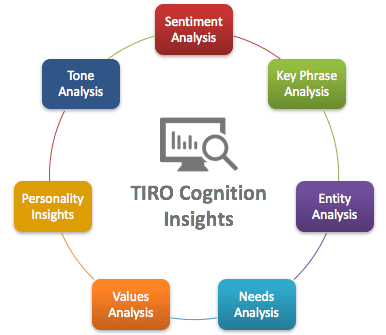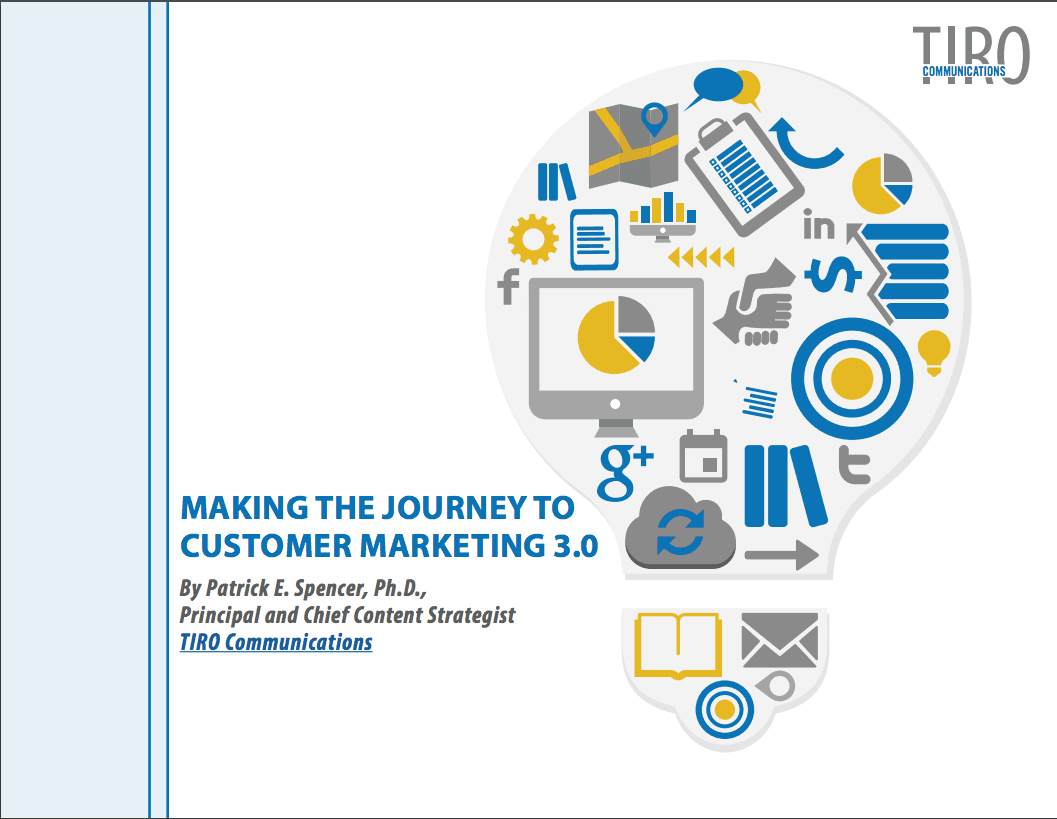Storytelling Becomes Much More than a Bedtime Story for Content Marketing
- By Patrick Spencer
- •
- 15 Sep, 2014
- •

Fifteen years ago when my marketing career was just getting started, technology played a minor role in facilitating marketing programs was largely confined to financial systems. Storytelling was something you did when tucking your kids into bed at night. And social media wasn’t even a blip on the radar.
In just that short span of time, the marketers have witnessed a complete transformation in the profession. Gartner predicts that CMOs will spend more on IT than the CIO by 2017. Social media is entrenched as a critical piece in the global economy, with advertising revenue in the space expected to double to $11 billion in the same timeframe.
Storytelling has become the addictive steroid that marketing cannot get enough of. It crosses all mediums and is changing how customers and audiences consume content—from websites focused on telling their customers’ and product stories rather than on offering up staid product overviews, to television shows created and produced by the likes of Yahoo!, Amazon, Netflix, and Chipotle, to viral video ads that generate millions of impressions without ever seeing the light of day on television.
It truly is an exciting time to be in marketing; the innovation hasn’t stopped yet. However, as many organizations are discovering, simply telling a good story isn’t good enough. Great content doesn’t necessarily translate to great success.
Rather, the underlying technology and processes must be tied to the content strategy to generate the desired results. Building an audience—and getting them to continue engaging with your content—must take a multichannel approach. But this introduces a new complexity that most in marketing are just realizing; today’s customer journey isn’t linear. As Andrew Davies argued at Content Marketing World 2014, your audience doesn’t always take the same route to the intended destination—and for that matter, doesn’t always know the actual destination when they start.
Tiro Communications was formed with the intent of working with organizations to help them map out their content strategies and align them with core business objectives. For now just a blog, Tiro Communications' namesake, Marcus Tullius Tiro, served as the scribe—first as a slave and then as a freedman—for Cicero, whose influence on philosophy and rhetorical argument was monumental. Just as Tiro helped tell Cicero’s story by transmitting it into writing, marketers today aspire to tell their organizational narratives—albeit through multiple modes of communication—in writing, via audio, and through video.
Tiro Communications is still in its infancy; this blog is the start of more to come. This blog purports to address various subjects related to the strategic elements of content development as well as the execution of those in the form of different content programs. I unequivocally believe the marketing profession is vastly more interesting and challenging than it was 15 years ago. That is what makes it such a worthy calling.
So as I embark on this new blog, I welcome you to join me on this journey, one that most certainly won’t be linear and will not have a definitive beginning and end. And I will be telling more than bedtime stories.













